Both Portugal and Spain offer some of Europe’s most spectacular coastlines, though each country delivers a completely different beach experience. Portugal captivates visitors with its dramatic cliffs, secluded coves, and that distinctly relaxed Atlantic atmosphere. Spain, meanwhile, dazzles with its vibrant beach culture, endless Mediterranean sunshine, and those picture-perfect resort vibes. The decision between these coastal powerhouses really comes down to what kind of adventure you’re seeking.
Choosing between Portuguese and Spanish shores isn’t simply about pointing to a map location. Here is a list of 20 essential factors that’ll help determine which destination matches your ideal coastal getaway.
Portugal’s Dramatic Coastline
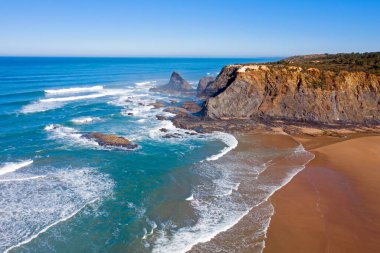
Portugal’s coast resembles nature’s own sculpture gallery — towering cliffs plunge dramatically into the churning Atlantic waters below. The Algarve region showcases some of Europe’s most photographed rock formations, particularly around Lagos and Sagres.
These aren’t your typical gentle beach slopes; they’re bold, rugged landscapes that make visitors feel like they’re standing at the world’s edge. Stretching approximately 1,100 miles, the coastline offers everything from hidden coves to vast sandy expanses.
Spain’s Mediterranean Paradise
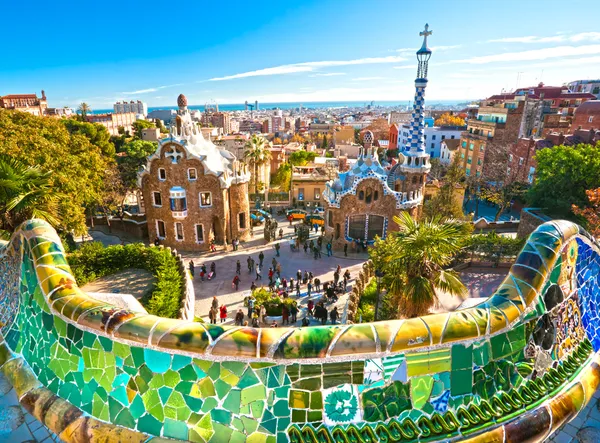
Spain’s Mediterranean coast delivers precisely what most travelers envision when dreaming of European beach vacations. The Costa del Sol and Costa Brava regions serve up reliable sunshine, warm waters, and seemingly endless beaches.
Unlike Portugal’s dramatic Atlantic setting, Spain’s Mediterranean shores provide calmer waters with more predictable weather patterns. The coastline here feels notably more accessible and family-oriented — gentle waves and abundant beachfront amenities sit just steps from the sand.
Like Travel Pug’s content? Follow us on MSN.
Water Temperature Differences
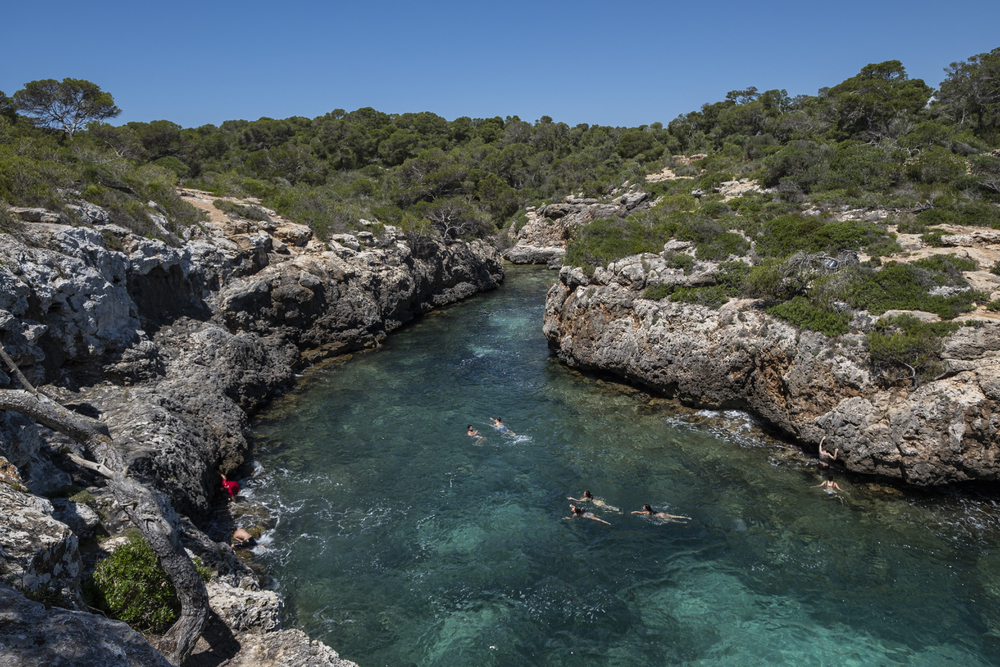
The Atlantic Ocean off Portugal’s coast runs considerably cooler than Spain’s Mediterranean waters, and this temperature gap is quite noticeable. Portuguese beach waters typically range from 60–68°F during summer months — refreshing but requiring some adjustment time.
Spanish Mediterranean waters, conversely, warm up to a comfortable 70-77°F throughout peak season. It’s like comparing a brisk mountain lake dip to a heated pool experience; both have their merits, yet one certainly feels more inviting for extended swimming sessions.
Beach Crowd Levels

Portugal’s beaches maintain a more spacious, less crowded atmosphere — even during peak summer periods. The country’s tourism infrastructure developed gradually, so stretches of sand often provide genuine space to relax and unwind. Spanish coastal areas, particularly the renowned Costas, draw massive crowds during the summer season.
Popular destinations like Benidorm or Marbella can resemble outdoor festivals – every inch of sand occupied by umbrellas and sunbathers seeking their spot.
Cost of Coastal Vacations

Portugal generally provides superior value for coastal trips, with accommodations, dining, and activities costing significantly less than comparable Spanish destinations. A quality beachfront hotel room in Portugal might cost 30–40% less than similar Spanish resort accommodations.
Restaurant prices follow this same pattern — fresh seafood meals with ocean views in Portugal typically cost considerably less than equivalent Spanish resort dining experiences. Vacation budgets stretch further in Portugal, leaving additional funds for activities and exploration.
Like Travel Pug’s content? Follow us on MSN.
Surfing and Water Sports
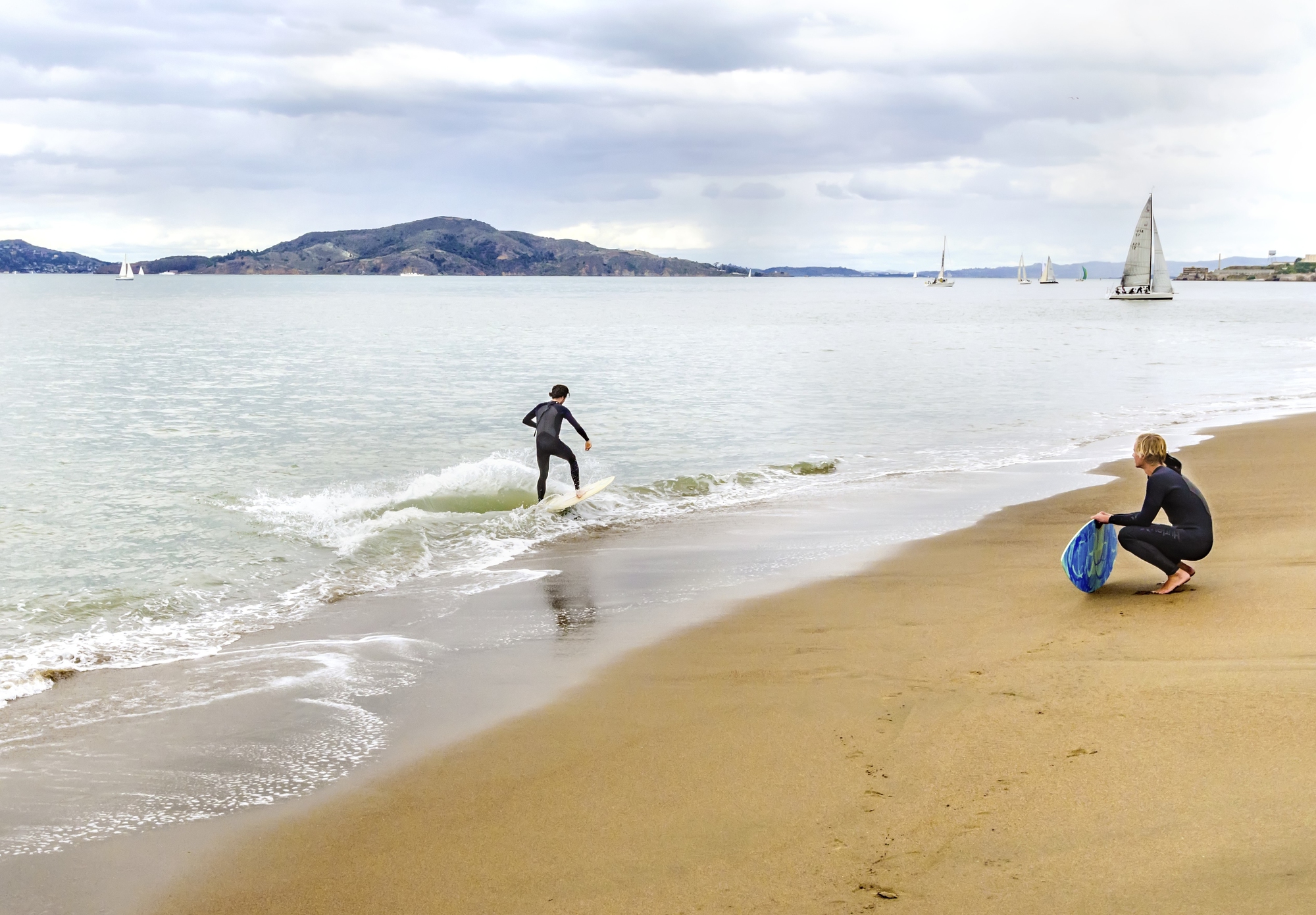
Portugal has gained serious recognition within the global surfing community — consistent Atlantic swells create ideal conditions for beginners and professionals alike. Ericeira and Peniche rank among world-renowned surf destinations, with reliable year-round waves. Spain’s Mediterranean coast offers calmer conditions better suited for alternative water sports: paddleboarding, jet skiing, and sailing.
The trade-off is straightforward — Portugal delivers epic waves plus authentic surfing culture, while Spain provides gentler waters perfect for diverse aquatic activities.
Food and Coastal Cuisine

Portuguese coastal cuisine centers on exceptionally fresh seafood prepared using simple, time-honored methods that highlight natural ocean flavors. Expect grilled sardines, traditional bacalhau preparations, and seafood rice dishes that truly taste like the sea.
Spanish coastal food tends toward greater variety and international influences, especially in tourist zones where everything from authentic paella to modern fusion cuisine appears. Both countries excel with seafood, though Portugal feels more traditional and authentic, whereas Spain offers broader culinary diversity.
Nightlife and Entertainment

Spanish coastal towns absolutely excel in nightlife and entertainment offerings. Destinations like Ibiza, Barcelona’s waterfront, and the Costa del Sol feature world-class clubs, beach bars, and late-night scenes continuing until sunrise.
Portugal’s coastal nightlife adopts a more subdued, authentic approach — focusing on local establishments, traditional fado music, and relaxed evening atmospheres. For serious beach partying, Spain wins decisively, but for intimate wine conversations with ocean views, Portugal delivers perfectly.
Like Travel Pug’s content? Follow us on MSN.
Accessibility and Transportation
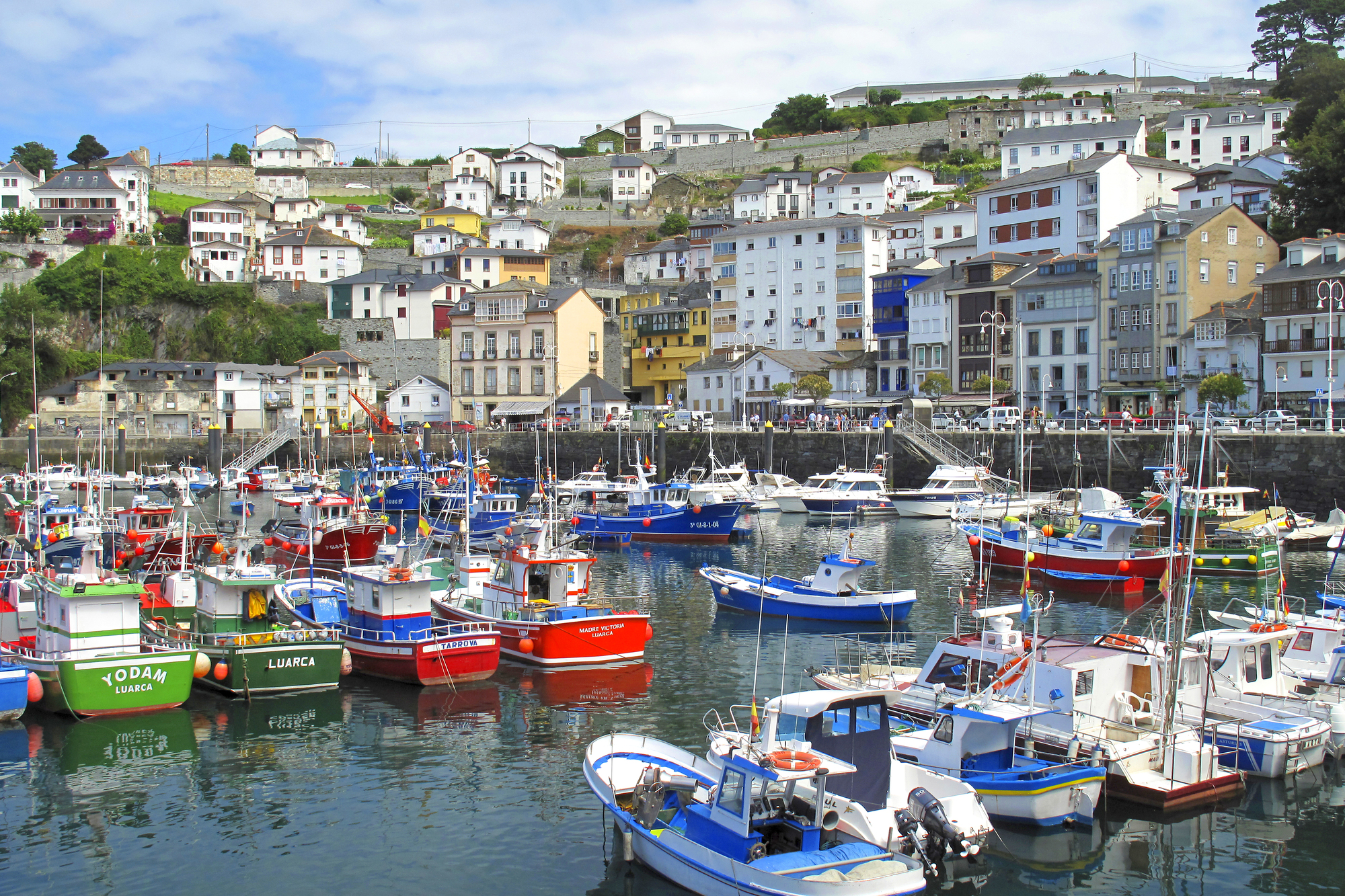
Spain’s coastal regions benefit from excellent transportation infrastructure: high-speed rail networks, extensive bus systems, and multiple airports serving major beach destinations. Navigating Spanish coastal areas proves straightforward and efficient, whether island-hopping or traveling between different regions.
Portugal’s transportation system functions well, but operates on a smaller scale. Fewer direct connections exist between coastal towns. However, the country’s compact size actually works favorably, making everything feel more manageable compared to navigating Spain’s extensive coastal network.
Cultural Authenticity
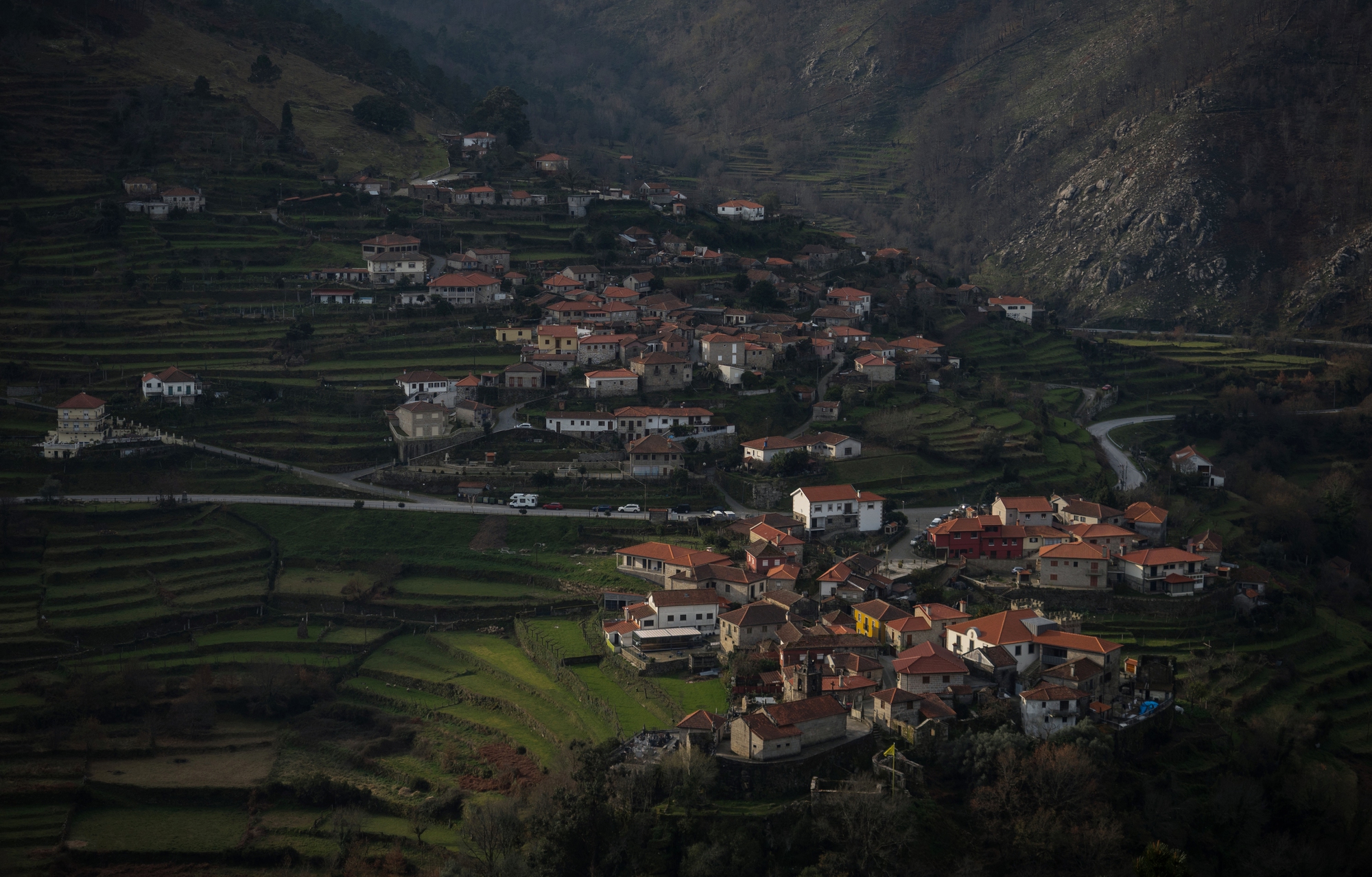
Portugal’s coastal communities maintain stronger, authentic local culture, partly because mass tourism arrived later and developed more gradually. Visitors still discover genuine fishing villages where locals actually fish, markets where residents conduct daily shopping, and traditions existing for community benefit rather than tourist appeal. Spanish coastal areas, while culturally rich, often feel more commercialized and tourist-focused.
Authentic culture certainly exists, but finding it may require looking beyond the prominent tourism layer.
Weather Patterns
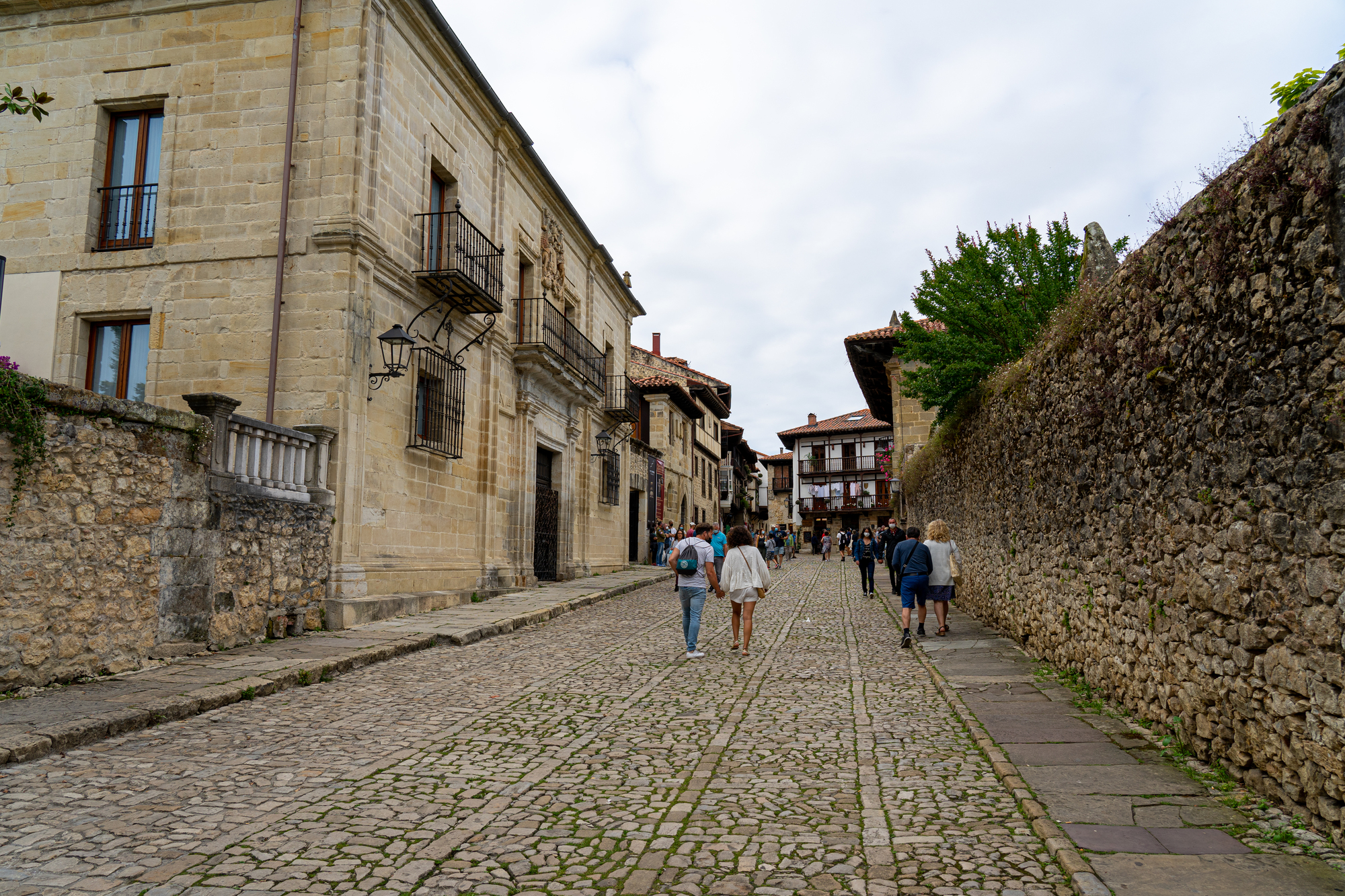
Spain’s Mediterranean climate provides more predictable weather patterns. Long stretches of sunny days with minimal summer rainfall allow confident beach planning, knowing the weather will likely cooperate. Portugal’s Atlantic climate brings greater variability – afternoon breezes, occasional clouds, and more frequent daily weather changes.
Some travelers love this dynamic weather since it prevents oppressively hot days while keeping beach experiences interesting and comfortable.
Like Travel Pug’s content? Follow us on MSN.
Accommodation Variety

Spanish coastal destinations offer enormous accommodation ranges, from budget hostels to luxury beach resorts, covering every preference. Decades of tourism development created options for every budget and travel style imaginable. Portugal’s accommodation scene grows rapidly but maintains a more boutique, intimate character.
Travelers find charming pousadas, converted quintas, and smaller hotels providing personalized experiences, though with fewer total options than Spain’s massive tourism infrastructure.
Hidden Gems and Secret Spots
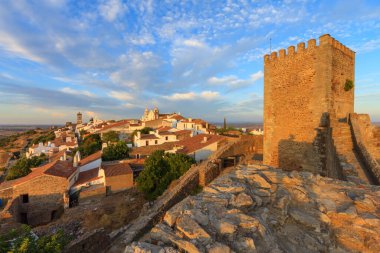
Portugal excels at undiscovered coastal gems that haven’t been overwhelmed by mass tourism yet. Places like the Vicentine Coast, certain central Portugal beaches, and lesser-known fishing villages still offer that genuine ‘secret discovery’ experience.
Spain certainly has hidden spots, but they’re harder to locate because the coastline has been thoroughly explored and documented. Portugal still allows visitors to stumble upon beaches feeling like personal discoveries, while Spain’s ‘hidden’ gems often attract decent crowds.
Beach Infrastructure
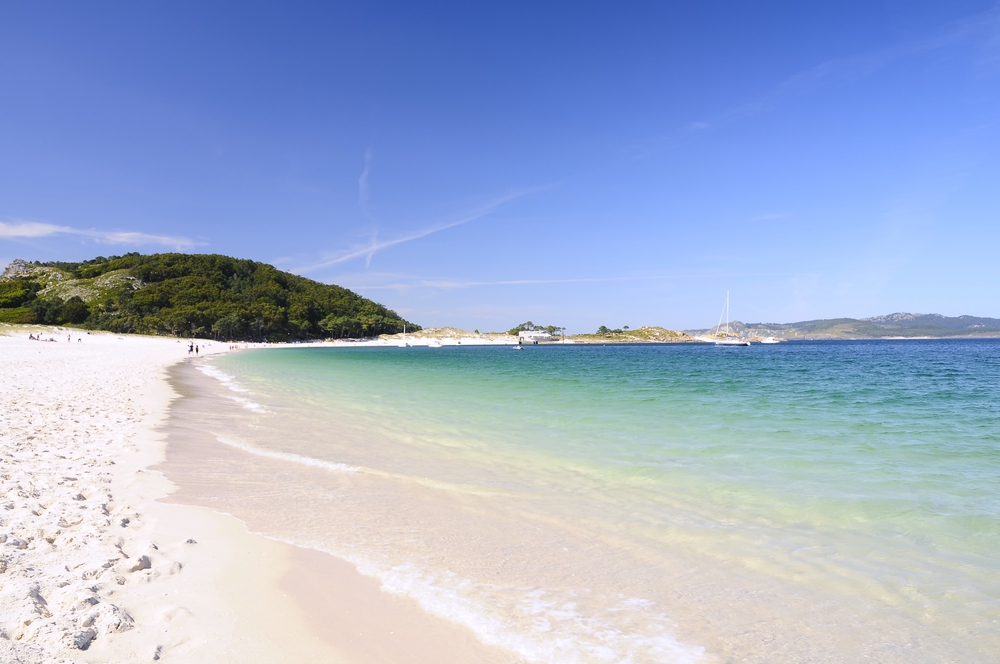
Spanish beaches typically feature more developed infrastructure, including established beach bars, equipment rental services, lifeguards, and facilities, making beach days convenient and comfortable. Everything needed is available without advance planning or extensive packing.
Portuguese beaches often have less commercial infrastructure, creating more natural settings but requiring greater self-sufficiency. Visitors might need to bring their own shade, refreshments, and snacks, but they’ll also enjoy beaches feeling less commercialized and more naturally connected.
Like Travel Pug’s content? Follow us on MSN.
Island Options

Spain’s island offerings are absolutely unbeatable, with the Balearic Islands and Canary Islands providing diverse coastal experiences from party destinations to family-friendly retreats.
Each Spanish island group possesses a distinct personality and coastal character. Portugal’s primary island destination, Madeira, is stunning but represents just one option compared to Spain’s multiple archipelagos. The Azores add another Portuguese island choice, yet Spain simply provides more variety for island-hopping coastal adventures.
Historical Coastal Towns
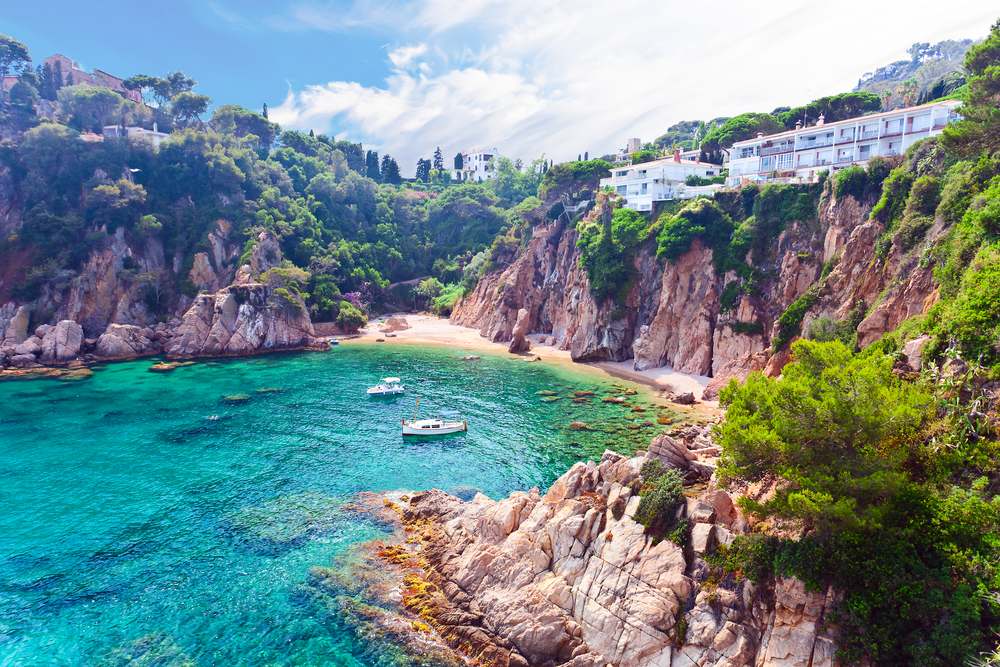
Both countries feature coastal towns steeped in rich history, but they showcase different historical influences and architectural styles. Portuguese coastal towns like Óbidos and Aveiro display unique Portuguese architecture and maritime heritage that feels distinctly different from anywhere else in Europe.
Spanish coastal towns reflect the country’s complex history with Moorish, Roman, and regional influences creating diverse architectural landscapes. Portugal feels more historically cohesive, while Spain offers greater variety but sometimes less architectural unity.
Photography Opportunities

Portugal’s dramatic coastline provides incredibly photogenic opportunities, especially during golden hour when cliffs and Atlantic waters create stunning contrasts. Natural rock formations, lighthouse settings, and traditional fishing boats create postcard-perfect scenes with minimal effort.
Spanish coastal photography tends to focus more on vibrant beach culture, colorful architecture, and Mediterranean lifestyle shots. Both offer excellent photo opportunities, but Portugal leans toward dramatic natural beauty while Spain captures more human activity and cultural vibrancy.
Like Travel Pug’s content? Follow us on MSN.
Local Festivals and Events

Spanish coastal regions host some of Europe’s most famous festivals and events, from La Tomatina to various regional celebrations bringing communities together spectacularly. Festival culture along Spanish coasts is vibrant, frequent, and often involves entire communities.
Portuguese coastal festivals tend to be smaller and more intimate, focusing on local traditions, religious celebrations, and community gatherings that feel more authentic but less spectacular. Spain offers more opportunities to discover amazing cultural events, while Portugal provides deeper cultural immersion experiences.
Seasonal Considerations
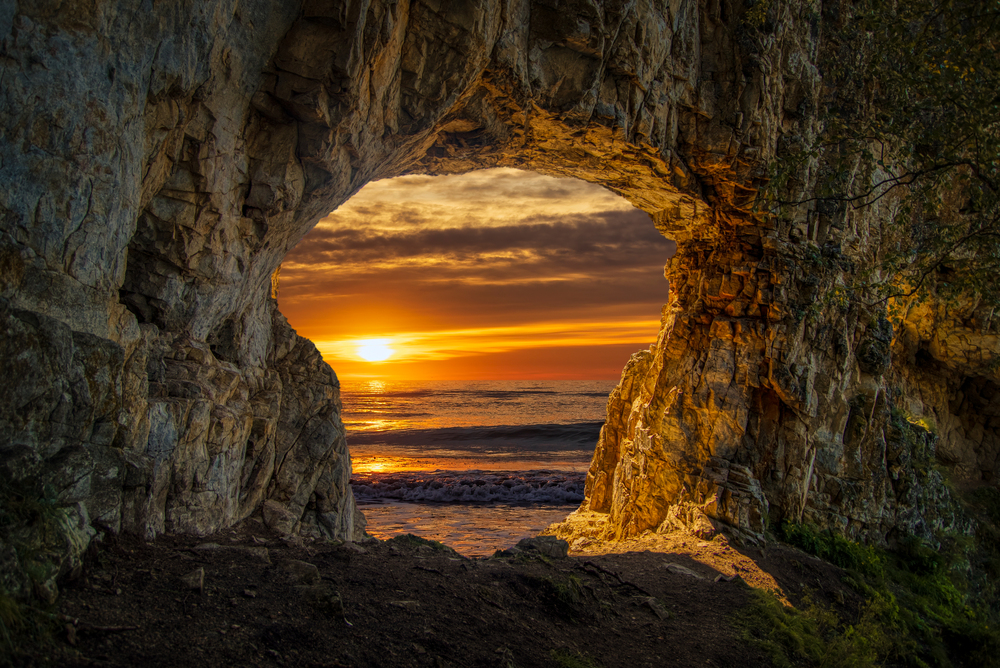
Spain’s coastal destinations maintain more consistent appeal across different seasons, with milder winters and extended shoulder seasons making visits worthwhile even outside peak summer months. Portuguese coastal areas experience more dramatic seasonal changes, with winter bringing powerful Atlantic storms and cooler temperatures that can limit beach activities.
However, Portugal’s shoulder seasons offer some of the best coastal experiences with mild weather, fewer crowds, and lower prices.
Language and Communication

Spanish coastal areas generally offer easier communication for English speakers, partly because tourism infrastructure has developed extensive multilingual support. Portuguese coastal towns may require more communication effort, but locals often appreciate visitors who attempt to speak Portuguese or learn basic phrases.
The language barrier in Portugal isn’t insurmountable, but it can add an extra layer of challenge to coastal trip planning and daily interactions.
Like Travel Pug’s content? Follow us on MSN.
Where Past Meets Present Shores

These two Iberian neighbors have shaped their coastlines differently over the centuries, with Portugal maintaining its Atlantic fishing heritage while Spain has embraced Mediterranean tourism development. Portugal’s approach preserved more natural coastal character, while Spain created one of the world’s most sophisticated beach tourism industries. Today’s travelers benefit from these different historical paths.
Portugal offers coastal experiences that feel more connected to traditional maritime culture, while Spain provides polished beach vacation infrastructure. The choice ultimately depends on whether travelers prefer discovering authentic coastal Portugal or enjoying Spain’s perfected beach holiday formula. Both countries will inspire plans for the next coastal adventure before visitors have even departed their shores.
More from Travel Pug

- 20 Best Beach Towns in the Carolinas
- 13 Destinations Where Tourists Regularly Regret Their Trip
- 20 Things You Actually Get in First Class
- 20 Small Airports With Aviation Museums
- 20 Places in the U.S. That Are Perfect for a Reset Trip
Like Travel Pug’s content? Follow us on MSN.
